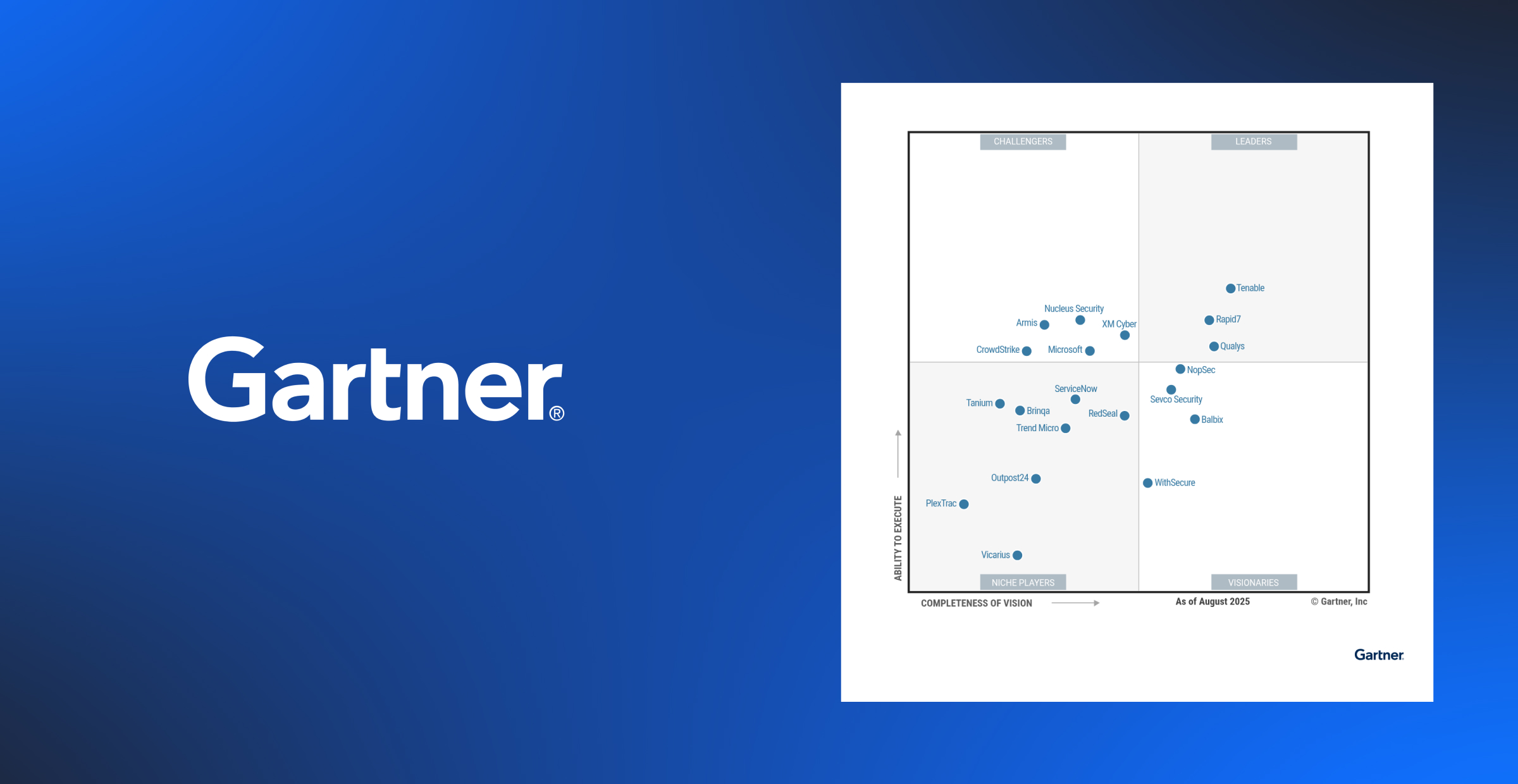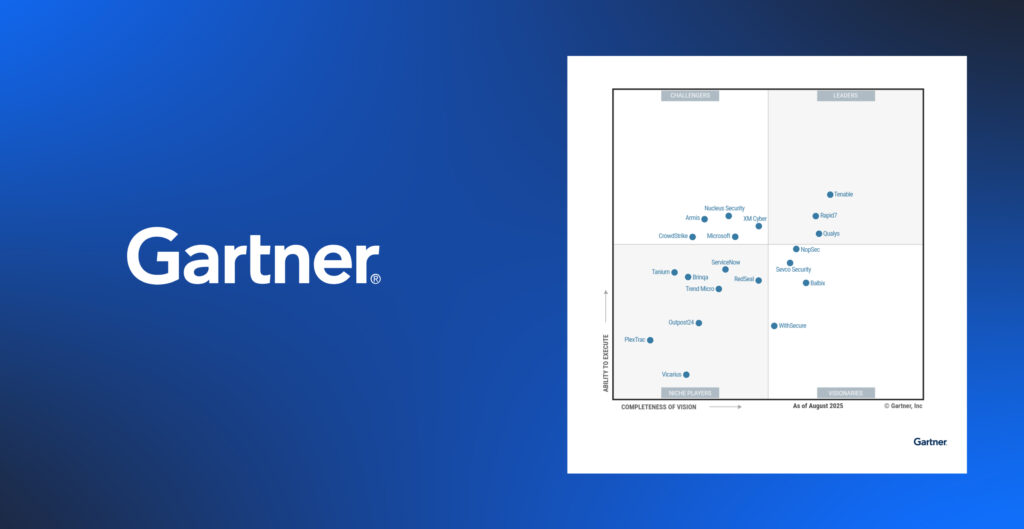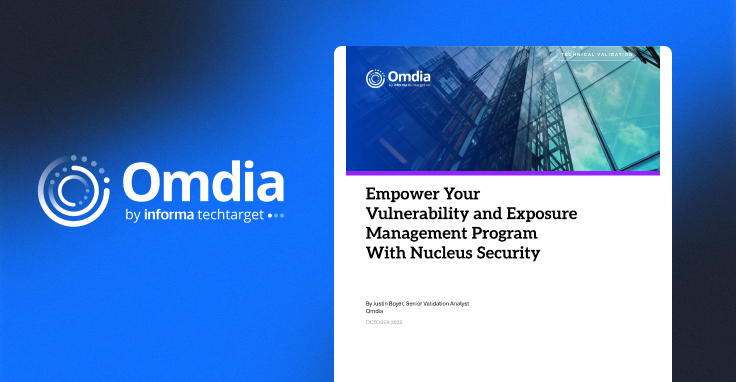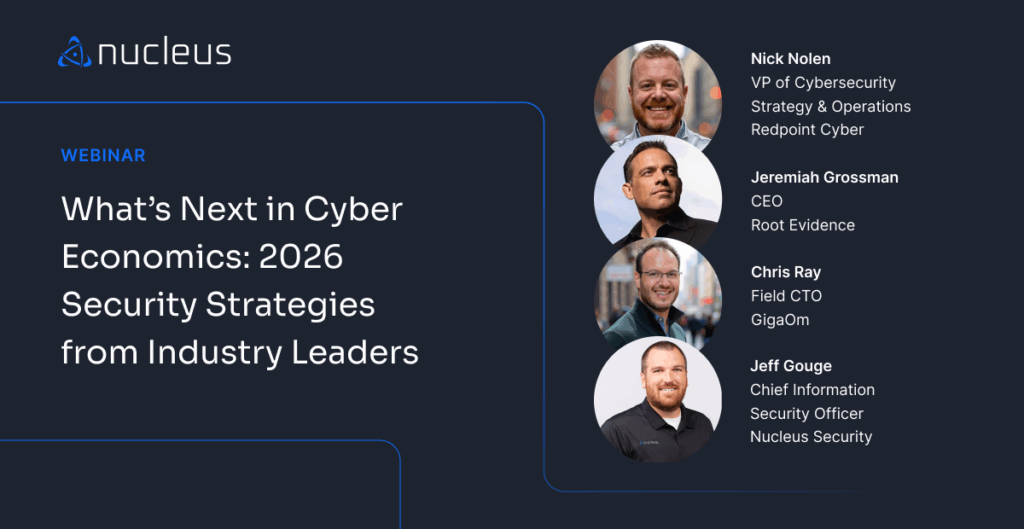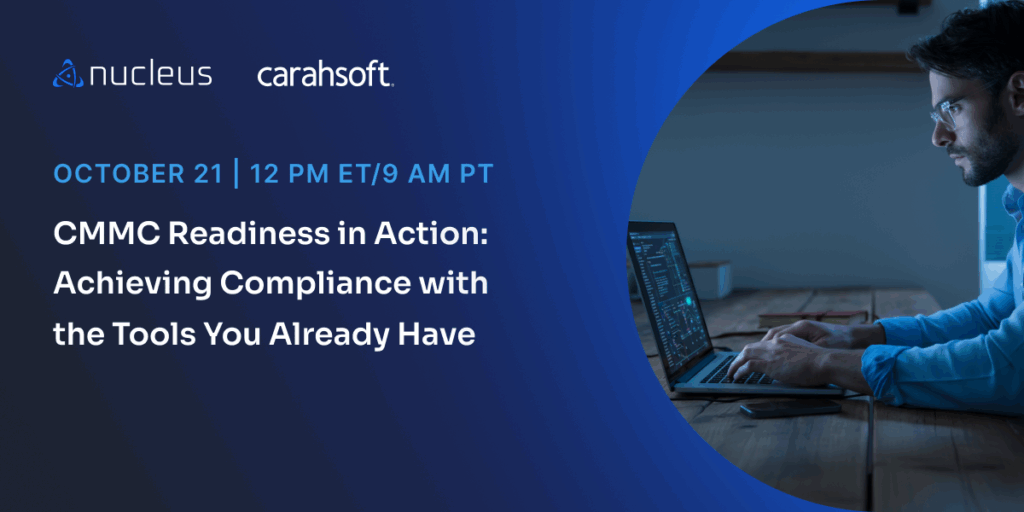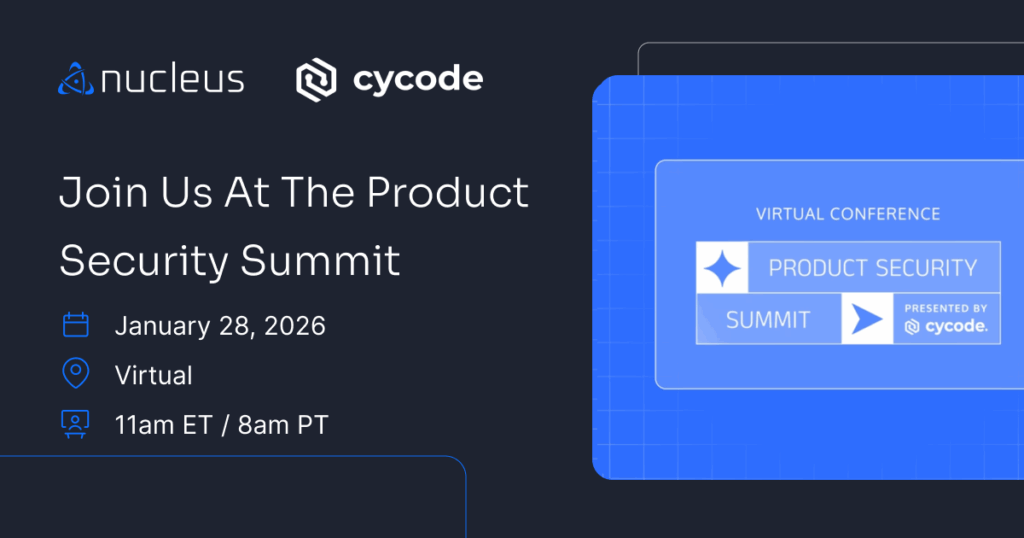Asset and Inventory Management – The Foundation of the Vulnerability Management Lifecycle
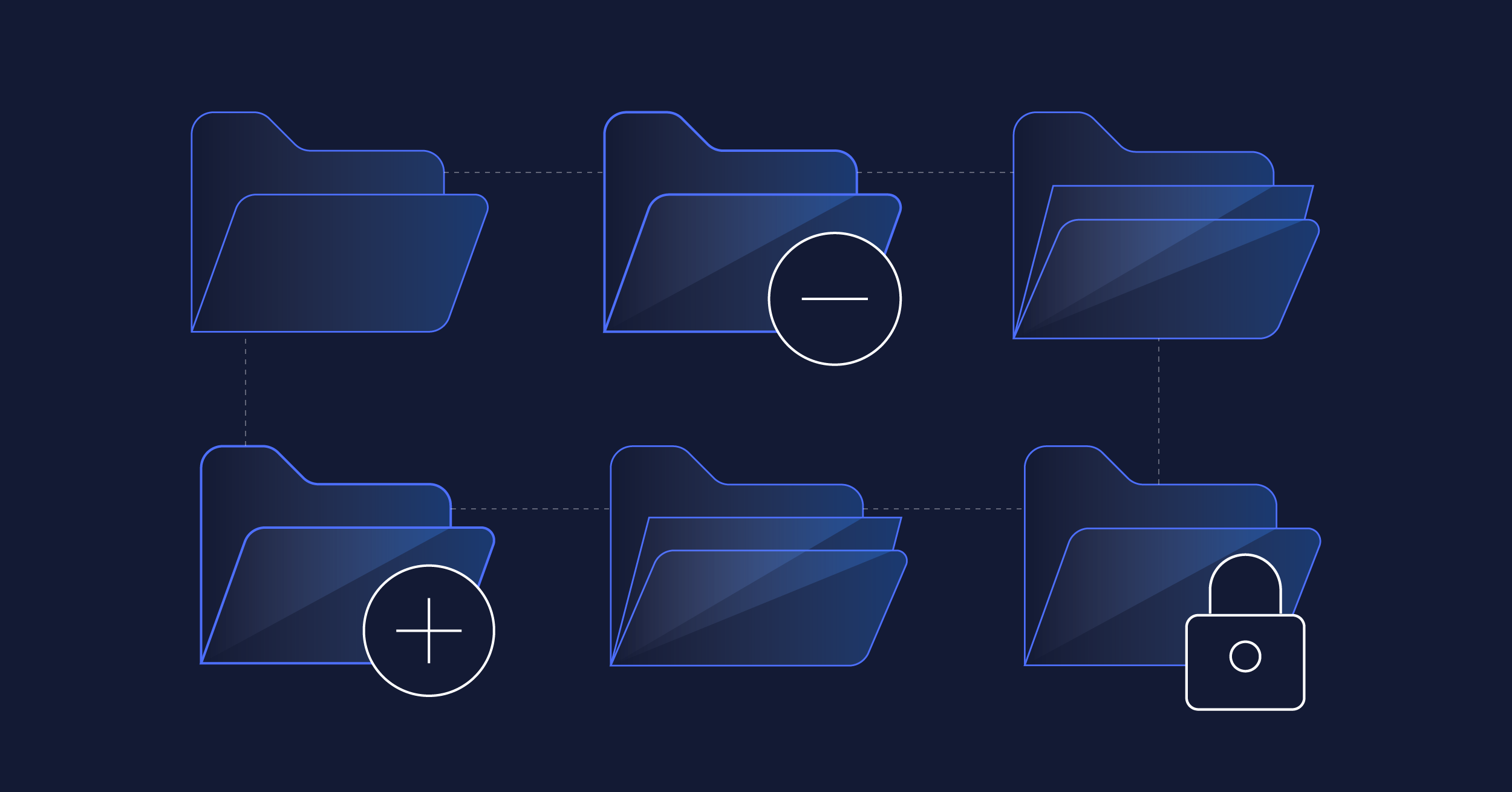
Organizations face a myriad of cybersecurity threats that can compromise sensitive data and disrupt operations. A cornerstone of defending against these threats is an effective vulnerability management program. This program’s first, and arguably most critical, step is strong asset and inventory management.
A thorough and accurate asset inventory is essential for identifying and mitigating vulnerabilities. No matter which vulnerability management model you use, knowing what assets exist in your environment is essential for meeting all subsequent steps.
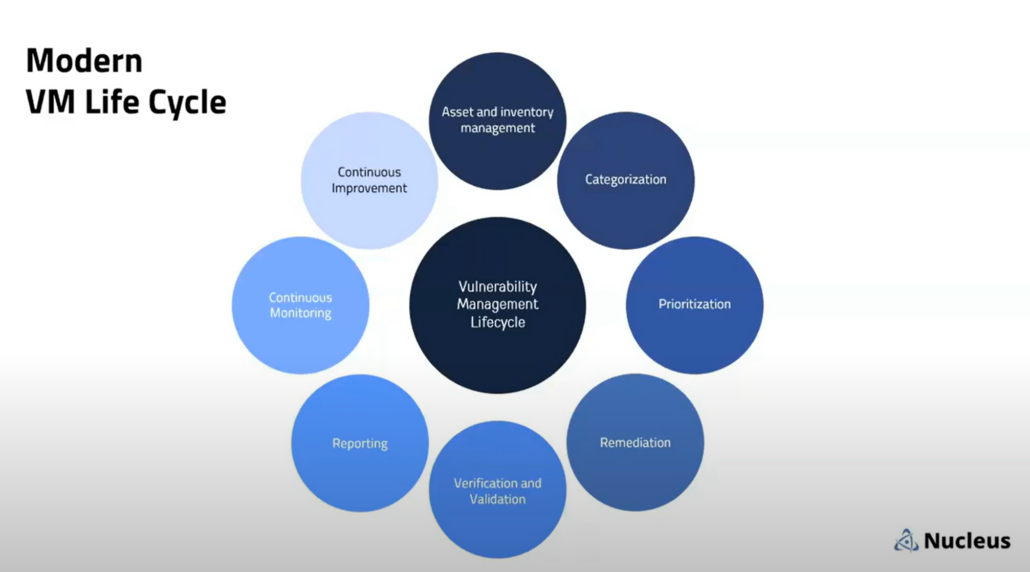
Understanding Asset and Inventory Management
Asset and inventory management involves identifying, categorizing, and tracking all assets within an organization. This includes physical devices, software applications, and cloud services. Proper management of these assets is crucial because it forms the foundation for recognizing potential vulnerabilities and implementing security measures. Without a complete and accurate inventory, organizations are effectively blind to the risks within their environment.
Building such a comprehensive asset inventory is made more difficult when teams across the enterprise turn to unsanctioned, unapproved solutions known as rogue IT.
The Challenge of Rogue IT and Shadow Assets
Rogue IT, also known as shadow IT, refers to the practice of employees using technology solutions without the knowledge or approval of the organization. This can include software applications, cloud services, or even hardware used for business purposes without proper vetting or procurement. While rogue IT can offer short-term benefits, such as increased agility and innovation, it poses significant risks to security and compliance.
In a recent webinar, Dr. Nikki Robinson, STSM – Cyber Resiliency and Recovery at IBM, talked about how rogue IT can appear and go undetected at an organization.
“If you have developers, or SREs, or groups of infrastructure architects who are spinning up systems, and you don’t have any kind of automated mechanism to identify the systems that are being spun up and what they are and who owns them, you might have rogue assets, or assets that aren’t being scanned by your vulnerability scanners or aren’t being reviewed in this entire VM lifecycle.”
The Appeal and Risks of Rogue IT
The primary appeal of rogue IT lies in the ability to bypass formal approval processes, allowing for rapid deployment of solutions. For instance, developers might spin up virtual machines or cloud instances to quickly test new software features. However, these assets often go unnoticed in the official inventory, leading to gaps in security monitoring and vulnerability management.
Unmonitored assets are not subject to the same security controls and oversight as officially sanctioned ones, making them prime targets for cyberattacks. Furthermore, the presence of these shadow assets can complicate incident response efforts, as security teams may be unaware of their existence.
The risks associated with rogue IT are substantial. According to an Enterprise Strategy Group report, 76% of the organizations surveyed said that they’d experienced a cyberattack that exploited an unknown, unmanaged, or poorly managed internet-facing asset. Of those, nearly half reported multiple such attacks.
There are ways to combat the security implications of rogue IT. For example, the Nucleus platform integrates with a variety of security scanning technologies, CMDB systems, and ASM tools like Shodan and Censys. Our platform collects asset information as well as security findings . Once collected, Nucleus correlates and deduplicates the assets across tools and from the same tool over time. With this automated approach to asset discovery and management, security teams get a better handle on potential rogue IT and head off unexpected incidents.
Building an Effective Asset Inventory: Key Strategies
To combat the challenges of rogue IT and ensure comprehensive asset management, organizations must implement a multi-faceted approach. This involves leveraging technology, fostering a culture of compliance, and establishing robust processes to support those capabilities.
As you define your strategy, it’s helpful to ask some basic questions, specifically related to rogue IT. These unanticipated solutions can have a destabilizing effect on your security, so they bear careful attention:
- What is your overall percentage of visibility?
- How can you automate asset discovery?
Implement Automated Discovery Tools
Automated discovery tools like those mentioned above are essential for maintaining an up-to-date asset inventory. These tools continuously scan the network to identify new devices and systems as they come online. For example, they can detect new cloud instances or software applications, ensuring that all assets are documented in real time. This automation reduces the risk of human error and ensures that the inventory remains comprehensive and accurate.
Encourage Cross-Departmental Collaboration
Asset and inventory management is not solely the responsibility of the IT or cybersecurity teams. It requires collaboration across all departments.
“We talk about where teams start to work together,” said Robinson. “If they’re not really coming together and bridging that gap between each area, you get these compounding issues within the VM lifecycle. Bringing in that human element or understanding of how people are actually involved in this process can really improve and make this a good foundational step.”
When cross-department collaboration is supported by automated solutions, teams gain more complete asset visibility. They are both integral pieces to your overall asset and inventory management strategy.
Establish Regular Audits and Reviews
Regular audits and reviews of the asset inventory are crucial for identifying and addressing discrepancies. These audits should be conducted periodically to verify that all assets are accounted for and to check for the presence of unauthorized or rogue assets. By establishing a routine audit process, organizations can ensure that their asset inventory remains accurate and that any gaps are promptly addressed.
Assessing the Effectiveness of Asset Management Practices
Once an asset and inventory management approach is put in place, it’s important to evaluate its effectiveness regularly. Organizations should consider key performance indicators (KPIs) such as:
- Coverage: The percentage of assets that are accurately identified and tracked in the inventory.
- Timeliness: The speed with which new assets are discovered and documented.
- Compliance: The extent to which employees adhere to asset management policies and procedures.
These metrics can help organizations identify areas for improvement and ensure that their vulnerability management program remains robust and effective.
The Path Forward: Enhancing Security Through Comprehensive Asset Management
Asset and inventory management is a foundational component of a mature vulnerability management program. By unifying, correlating, and deduplicating assets across your security, CMDB, and asset discovery tools, today’s enterprises have an unprecedented opportunity to automate asset management. With these capabilities, security teams can confidently tackle the gaps created by rogue IT and build a more resilient and mature vulnerability management program.
See Nucleus in Action
Discover how unified, risk-based automation can transform your vulnerability management.






